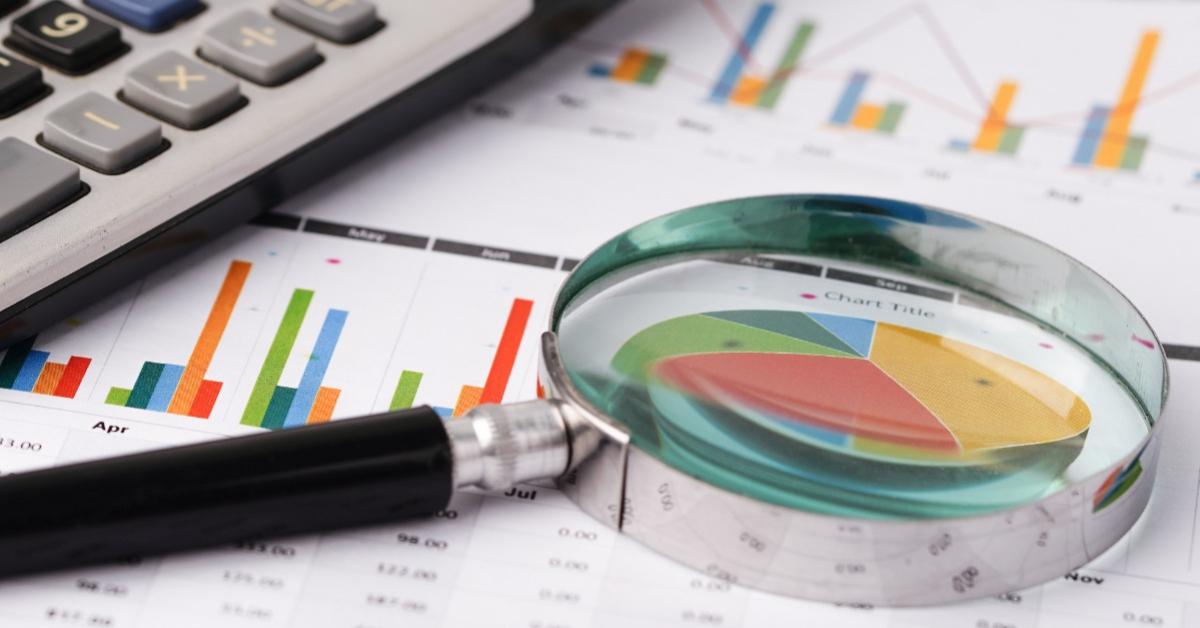Many economists believe that economics must emulate the physical sciences with controlled experiments to be credible. Econometric models, they claim, can fulfill the role of laboratory experiments.
Through mathematical and statistical methods, an economist supposedly establishes relationships between various economic variables. For example, personal consumer outlays are related to personal disposable income and the interest rates, while capital expenditure is explained by the past stock of capital, the interest rates, and economic activity. Various estimated relations—i.e., equations, which are grouped together—constitute an econometric model.
A comparison of the model’s dynamic assumptions versus the data establishes the model’s reliability. (In a static simulation, the model is solved using the actual lagged variables. In a dynamic simulation, the model is solved by employing lagged variables calculated by the model). Once the model is built and accepted as a good replica of the economy, economists employ the model to ascertain the possible effects of various government and central bank policies upon the economy.
Is the Mathematical Method Valid in Economics?
By applying mathematics in its analyses, mainstream economics attempts to emulate the natural sciences. In the natural sciences, mathematical formulas measure the response of objects to a particular stimulus in a given condition to see if they can be captured repeatedly.
The same approach, however, is not valid in economics since economics deals with human beings and not objects. According to Ludwig von Mises, “The experience with which the sciences of human action have to deal is always an experience of complex phenomena. No laboratory experiments can be performed with regard to human action.”
Human beings are rational animals, using their minds to sustain their lives and well-being. Human minds, however, don’t follow a fixed mechanical procedure, but rather people employ their minds according to their own circumstances, making it impossible to capture human nature through mathematical formulas.
Individuals have the freedom of choice to change their minds and pursue actions contrary to what was observed in the past. Because human beings are unique, economic analysis can only be qualitative.
Furthermore, quantitative analysis implies the possibility of the assignment of numbers, which can be subjected to all operations of arithmetic requiring an objective fixed unit, something that exists in the realm of human valuations. On this Mises wrote, “There are, in the field of economics, no constant relations, and consequently no measurement is possible.”
There are no constant standards for measuring the minds, the values, and the ideas of humans. Valuations are how conscious, purposeful individuals ascertain the given facts of reality. Once individuals establish what the facts are, they decide which of the established facts best suit their ends.
Individuals’ Goals Set the Standard for Valuation
Individual goals or ends set the standard for valuing various means. For instance, people wanting to improve their health will decide which goods benefit their health and which do not. Among those that will benefit them, some will be more effective than others. There is no way, however, to quantify this effectiveness. All that one could do is rank these goods in accordance with the perceived effectiveness.
The use of mathematics in economics also poses another problem, as using mathematical functions implies that variables determine human actions. For example, contrary to the mathematical way of thinking, an individual’s outlays on goods are not “driven” by income.
While it is true that individuals respond to changes in their incomes, the response is not automatic. An increase in an individual’s income does not automatically imply that his consumption expenditure will follow suit. Every individual assesses the increase in income against the goals he wants to achieve. Thus, he might decide that it is more beneficial to him to raise his savings rather than raise his consumption.
Note again that individuals respond to changes in various factors in accordance with individuals’ goals. This means that causality in economics emanates from individuals and not mathematical variables.
From this perspective an econometric model, which is a group of various equations, is a misleading description of the world of human beings. In the world of econometric models, individuals are reduced to robots that mechanically respond to changes in a mathematical equation.
Further Issues of Using Econometric Models
In conducting the “what if” experiment, a model builder utilizes a model with the equation’s parameters unchanged. Given that human beings have freedom of choice, a policy change by the government or the central bank is likely to alter the parameters of various equations.
Consequently, the employment of the fixed-parameters model in the “what if” experiment is likely to generate questionable results.
For instance, the model builder may want to evaluate the effect of a change in government outlays on the economy. It is quite likely that a change in outlays will affect the parameters of various equations. If the model builder were to ignore this, it would mean that individuals in the economy were frozen.
On this Mises said, “As a method of economic analysis econometrics is a childish play with figures that does not contribute anything to the elucidation of the problems of economic reality.”
According to the Nobel laureate in economics Robert Lucas,
Given that the structure of an econometric model consists of optimal decision rules of economic agents, and that optimal decision rules vary systematically with changes in the structure of series relevant to the decision maker, it follows that any change in policy will systematically alter the structure of econometric models.
Conclusion
The introduction of econometric model building in economics is an attempt to produce a laboratory where controlled experiments can be conducted. The idea of having such a laboratory is appealing to economists and politicians. Once the model is built and accepted as a good replica of the economy, economists could evaluate the outcomes of various policies. When evaluating the effect of the government and the central bank policies on the economy, however, economists employ models with unchanged parameters, thus leading to erroneous conclusions.



























